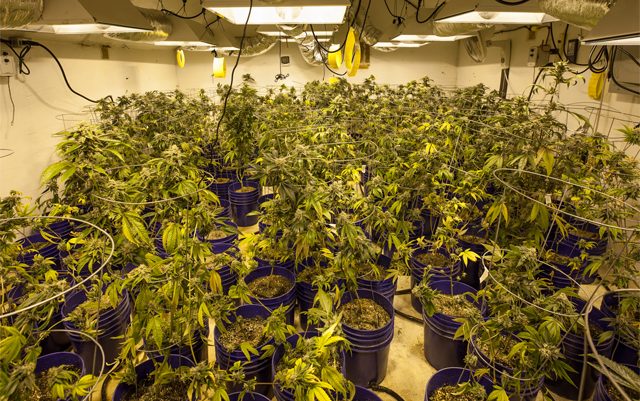It’s been a little over four years since recreational cannabis sales began in Colorado. A lot has happened in those four years, and the Federal Reserve Bank of Kansas City recently released a report that looks at the economic impact cannabis sales have had on Colorado.
An important thing to keep in mind is that some 65% of all jurisdictions in Colorado still do not allow recreational or medical sales, which means that legal marijuana cannot be bought in most places in the state (around 27% of jurisdictions allow both rec and med sales). That makes the growth of these sectors all the more remarkable.
“In the first month that recreational marijuana stores opened in Colorado, recreational sales exceeded $14 million and medical sales more than doubled that amount at $32.5 million,” said the report, known as the Rocky Mountain Economist. “Since then, recreational sales have grown sharply while medical sales have remained roughly flat. In 2014, total annual recreational sales were $303 million, while medical sales totaled $380 million. By 2017, recreational sales had grown to almost $1.1 billion, and medical sales were almost $417 million. Thus, in 2017, combined marijuana sales in Colorado exceeded $1.5 billion.”
All other things being roughly equal, recreational sales will always outpace medical sales since access to medical marijuana comes with a higher standard of entry into the market, namely a doctor’s recommendation based on a specific ailment. To buy cannabis on the recreational market just involves showing proof that you are at least 21 years old.
The report goes on to break down comparisons between the marijuana market and others in Colorado, and the rapid increase of business licenses issued on the recreational side (“In January 2014, there were 156 business licenses issued for recreational retail stores and 493 business licenses for medical marijuana stores. By February 2018, recreational retail store licenses had more than tripled to 518 stores, while medical licenses had grown slightly to 503 stores.”)
The number of marijuana occupational licenses, which cover every employee in the industry, went from about 5,000 active licenses in early 2014 to almost 40,000 today.
These are just some of the numbers that show the amazing growth of an industry that is not even allowed to operate in more than half of the jurisdictions in the state. And when you think about the fact that Colorado is only the 22nd largest state in the Union in terms of population size, you can easily imagine just how much potential the cannabis industry has for growth over the next few decades in the U.S.







This is not necessarily an increase in economic activity. The money spent on pot is now not available to be spent on other things. It also doesn’t calculate the increase medical and other related costs which has to be taken away from the economic activity. What a worthless piece.